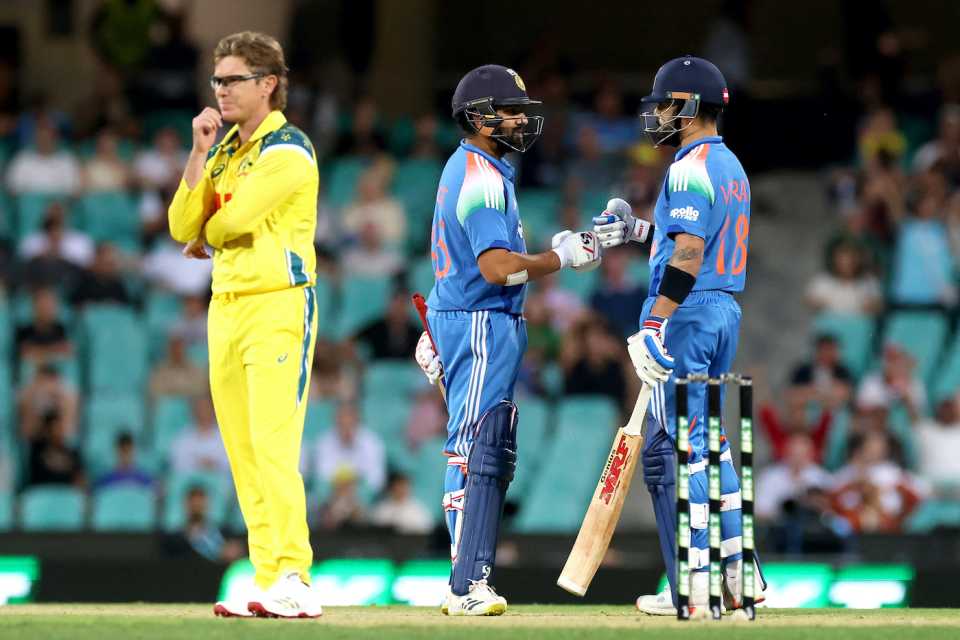The recent three-match ODI series against Australia was a big challenge for Team India. They are currently changing their team a bit as they look toward future big tournaments. Australia won the series 2-1, taking the first match in Perth (which was shortened by rain) and a tight second game in Adelaide.
Team India fought back with a great win in the final match in Sydney, thanks to their most experienced players. Now, they must get ready for a five-match T20I series, but with mostly different players.
Here are five important lessons Team India learned from the 50-over series —
1. Bowling Attack Looks Toothless Without Bumrah and Kuldeep
The fast bowlers and spinners struggled without their two main wicket-takers, Jasprit Bumrah (who got rested) and Kuldeep Yadav (who was benched at first). The pace attack couldn’t put pressure on a new Australian batting lineup, which saw younger players shine.
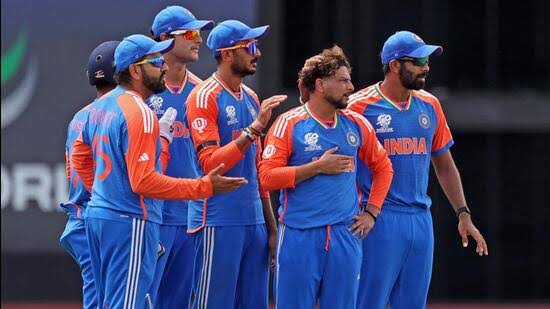
Team India really missed Bumrah’s deadly fast bowling and Kuldeep’s tricky wrist-spin. This shows how much the team relies on these two stars to take wickets and stop runs in the middle of the innings.
Kuldeep Yadav played only the third ODI and took 1 wicket for 50 runs in his 10 overs.
2. Rohit-Virat Are Here to Stay, Targeting 2027 World Cup
There were some worries about whether veteran batters Rohit Sharma and Virat Kohli still had what it takes, especially after their long break. However, their great performance in the last ODI silenced the critics.
FOLLOW US ON OUR FB PAGE
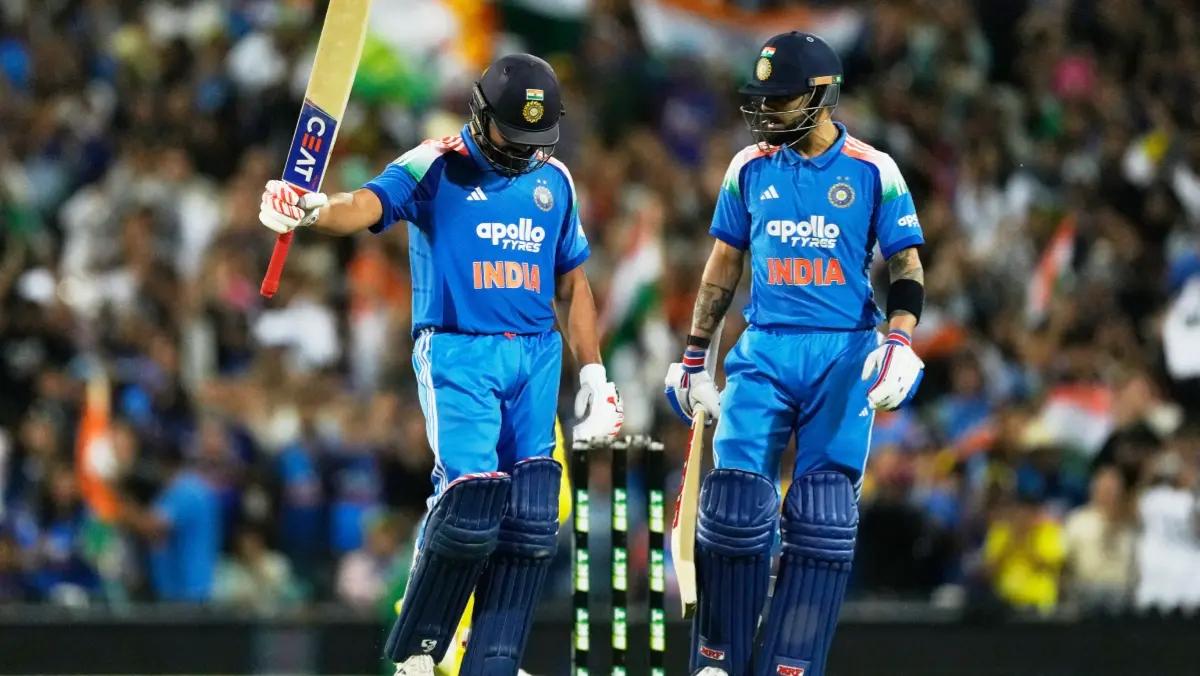
While Kohli had two rare ducks earlier, Rohit showed fighting spirit with a crucial 73 in the second match. Their fantastic 168-run partnership in the third ODI, where Rohit scored a brilliant century (121*) and Kohli an assured 74*, proved their class.
Both players made it clear with their availability and form that they are not stepping away from the ODI setup, with many experts now backing them to play in the 2027 World Cup. They are clearly still key players for Team India in the ODI format, particularly when chasing targets.
3. Nitish Kumar Reddy is not yet ready
Young all-rounder Nitish Kumar Reddy got a chance to prove he could be the next all-rounder player like Hardik Pandya at number six.
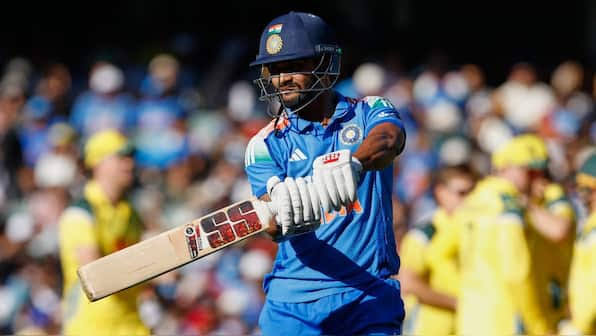
Sadly, he found the pressure of international cricket too much. This series showed that he needs more experience and time to improve his game so he can consistently deliver the strong performance Team India requires from its number six.
4. India missing Jadeja on the field?
The team really felt the absence of Ravindra Jadeja for his left-arm spin, bat, and amazing fielding. Jadeja’s ODI record against Australia highlights his importance: In 39 matches, he has scored 358 runs with a high score of 66, and he has taken 36 wickets with a best of 3/35.
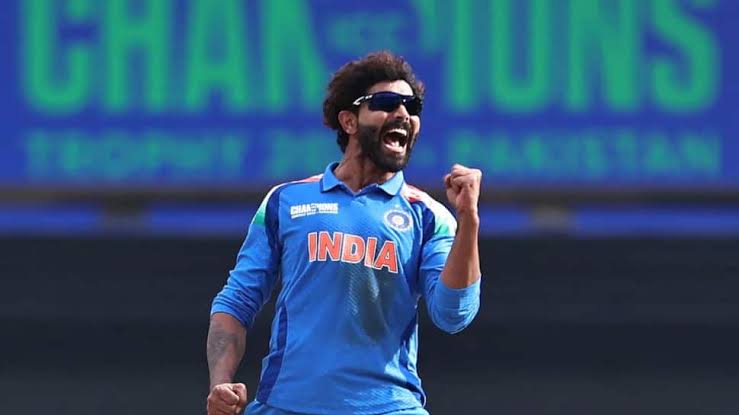
ALSO READ- When will Rohit and Virat will play their next intl match after AUS ODIs?
His world-class, dynamic fielding saves runs and creates chances for run-outs that can change a game. Team India looked less sharp on the field without him, proving that Jadeja’s all-round skills are a vital part of the team’s winning strategy in close matches.
4. Axar Patel Building Trust at No. 5
A big positive for Team India was the great all-round performance by Axar Patel, especially with the bat when he was promoted to number five. Axar scored important, quick runs, which gave the middle-order stability and hitting power. He was also effective with the ball, taking wickets while keeping the scoring rate down.
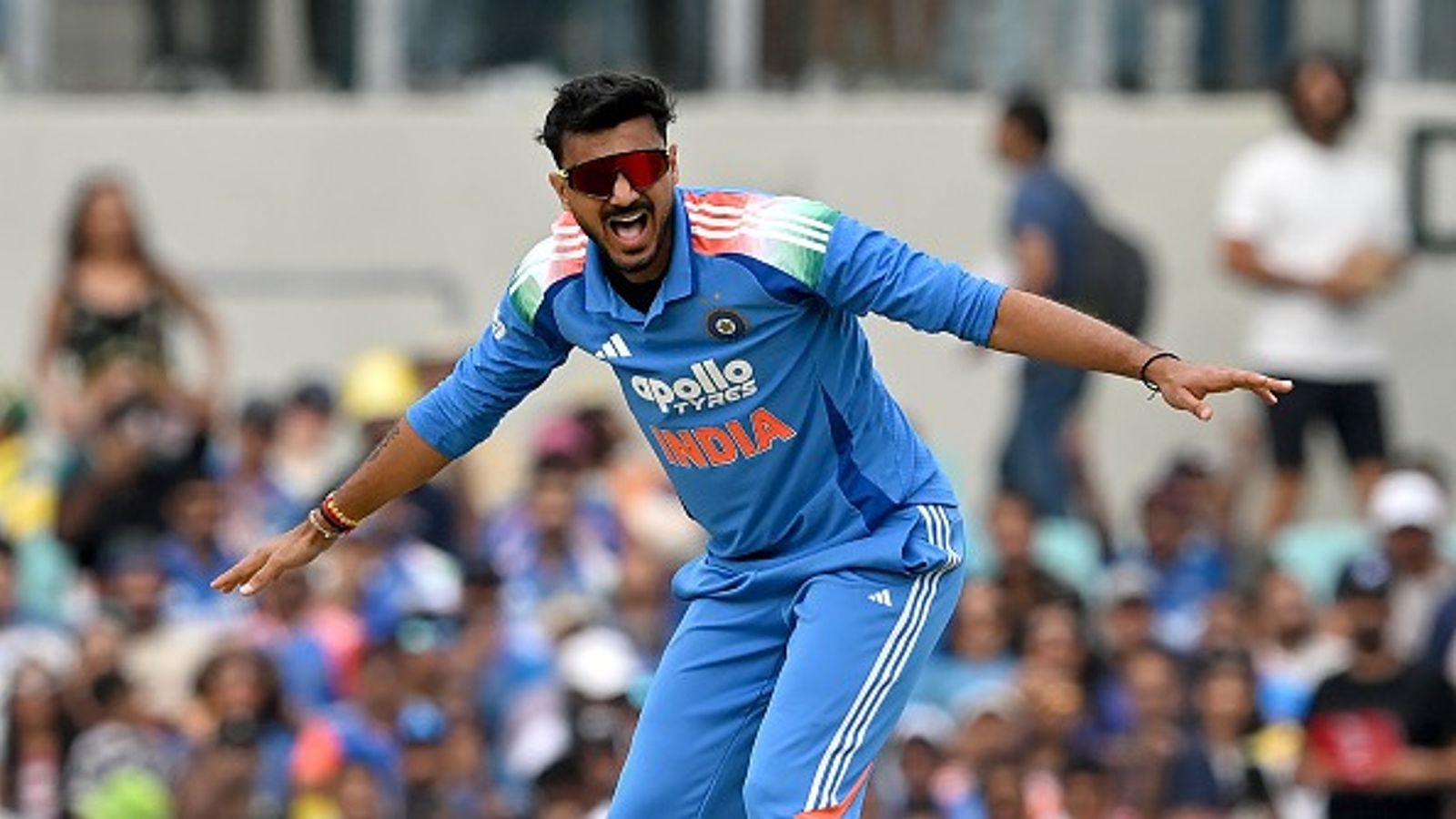
His success suggests that he’s a dependable all-round option who can be trusted to bat higher up the order for Team India.
Axar Patel’s stats in the series:
Batting: He scored 75 runs in 2 innings (1 not out) with a high score of 44.
Bowling: He took 3 wickets in 3 matches at an economy rate of 4.17.

